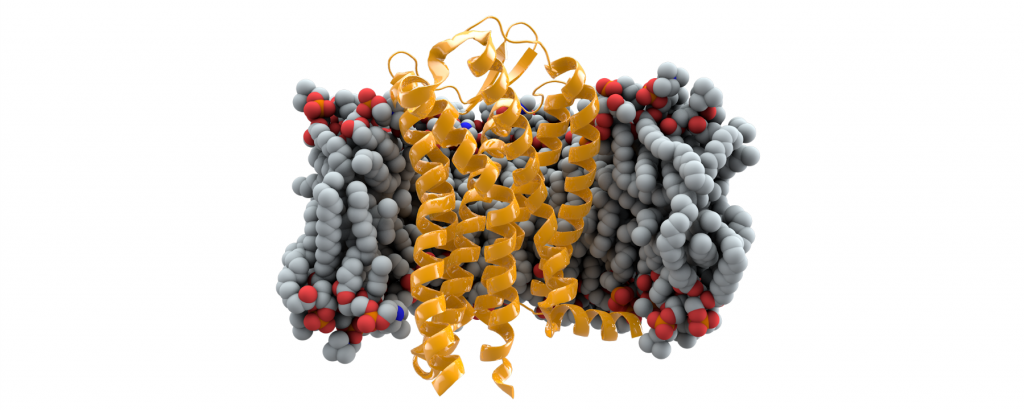For the second time, a person living with HIV appears to have cleared the virus after a stem cell transplant replaced his infected immune cells with donor cells resistant to infection, scientists report in Nature today (March 5). The patient has been in remission for 18 months despite not having taken anti-retroviral medications, indicating that the intervention might have cured the disease.
“I feel a sense of responsibility to help the doctors understand how it happened so they can develop the science,” the anonymous “London patient” tells The New York Times in an email.
Like Timothy Ray Brown, the first person to have been cured of HIV, the London patient required a bone marrow transplant to treat cancer. Brown, also known as the Berlin patient, had been diagnosed with acute myeloid leukemia, while the London patient had Hodgkin’s lymphoma. Their donors were selected for their natural immunity to HIV infection, having a variant of the gene for the CCR5 receptor that does not allow the virus to penetrate immune cells. Brown has been clear of HIV for more than a decade.
See “Miraculous Activist”
“There’s good reason to hope that it will have the same result,” Andrew Freedman, a clinical infectious diseases physician at Cardiff University who was not involved in the study, tells Nature.
The authors of the study caution that it’s too early to determine whether the London patient has been cured—more time will tell.
The procedure is not something that could be scaled up to a large patient population. For one, it’s only called upon in cases when a bone marrow transplant is needed to treat cancer. It also took a major health toll on Brown. In a 2015 interview with The Scientist, he described the long road to recovery, including pneumonia, a leukemia relapse, and neurological problems. “We need to find better ways and less expensive ways and less dangerous ways” of curing AIDS, he said at the time.
With this idea in mind, the doctors who treated the London patient did not give him radiation as an intense a regimen of immunosuppressive drugs, likely explaining why he avoided some of the side effects Brown experienced. “I think this does change the game a little bit,” Ravindra Gupta, an infectious diseases physician at the University of Cambridge who led the study, tells The New York Times. “Everybody believed after the Berlin patient [Brown] that you needed to nearly die basically to cure H.I.V., but now maybe you don’t.”
If CCR5 rings a bell, that’s because it was the same gene researcher He Jiankui manipulated using CRISPR in twin girls, with the intention of making them immune to HIV. The donors for the therapies Brown and the London patient received naturally carried mutations that disabled the gene.







